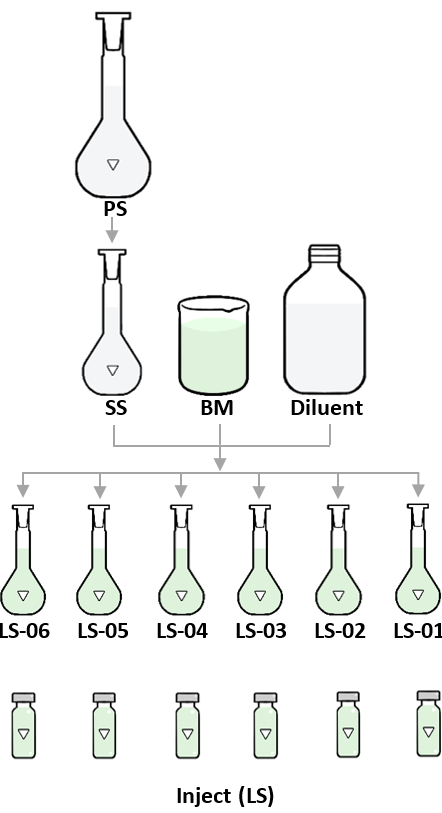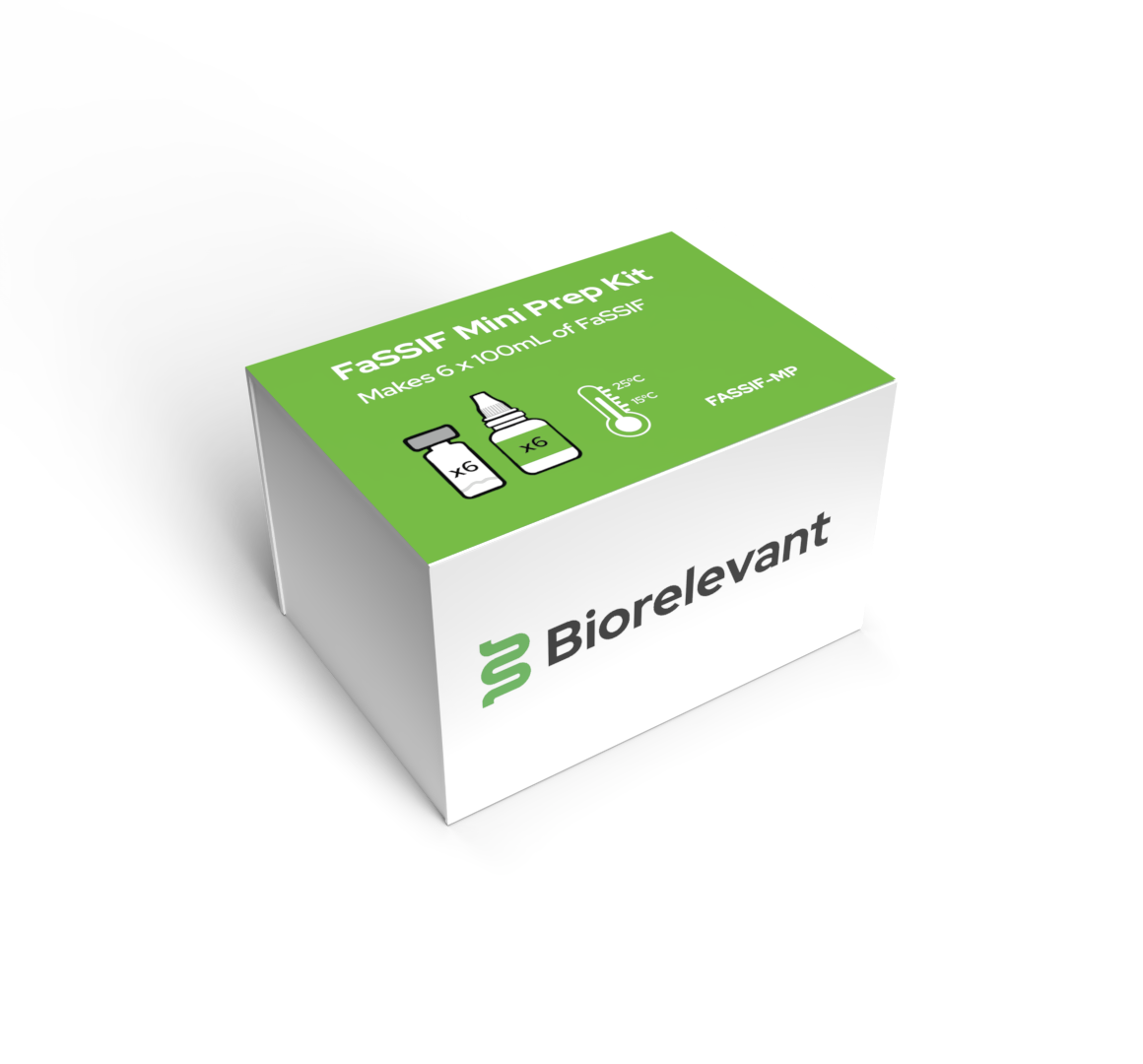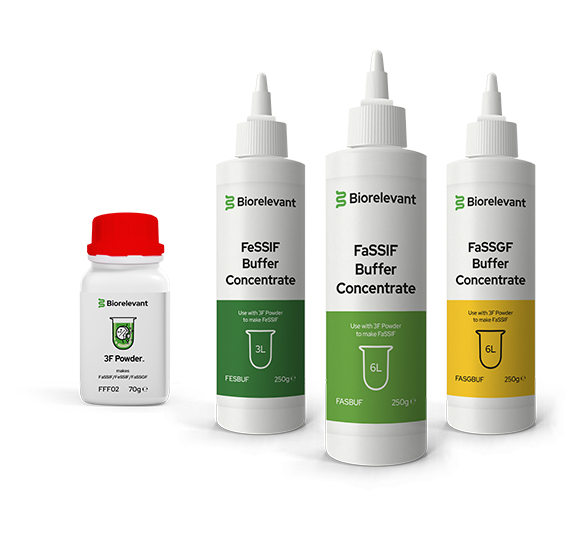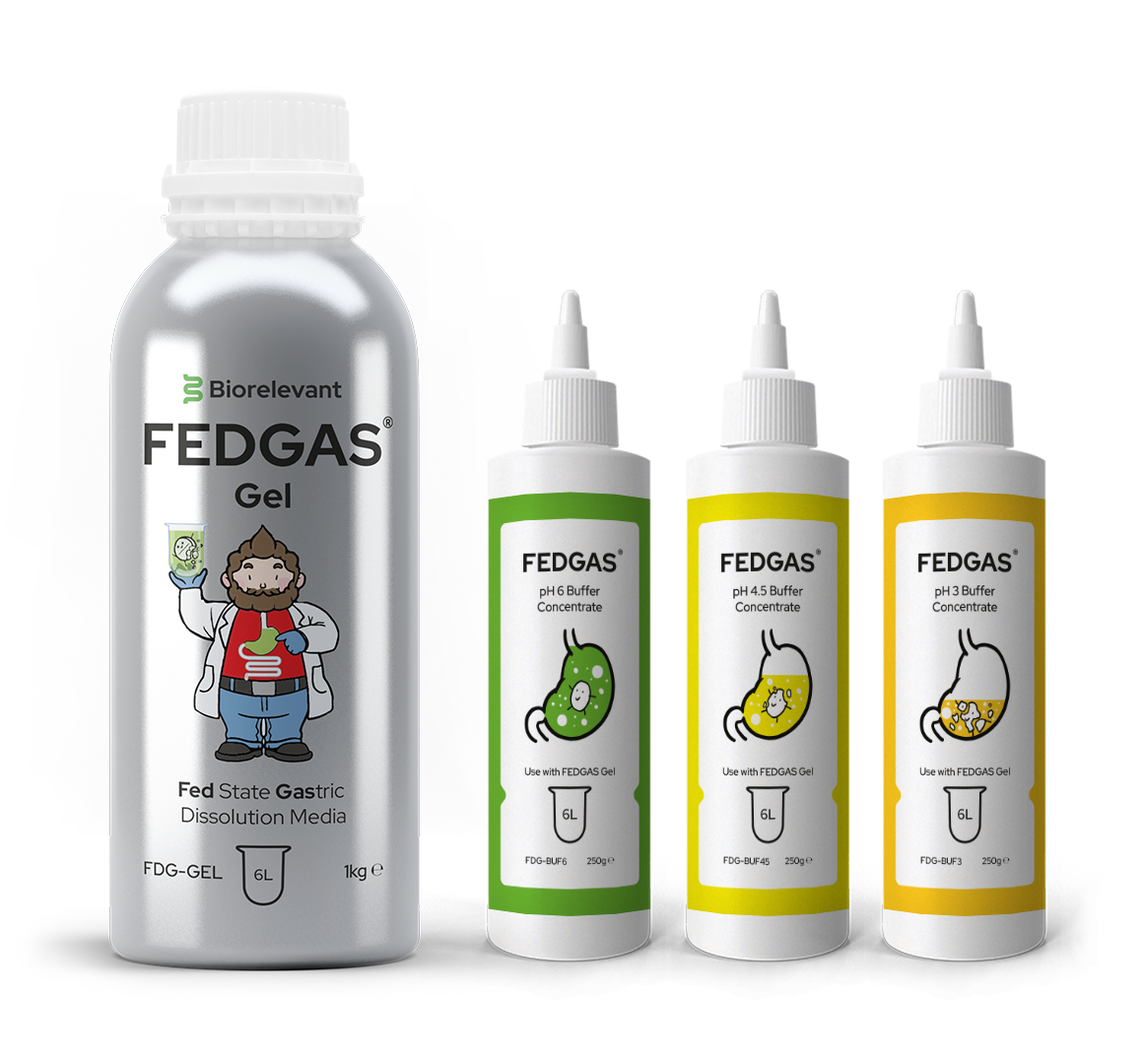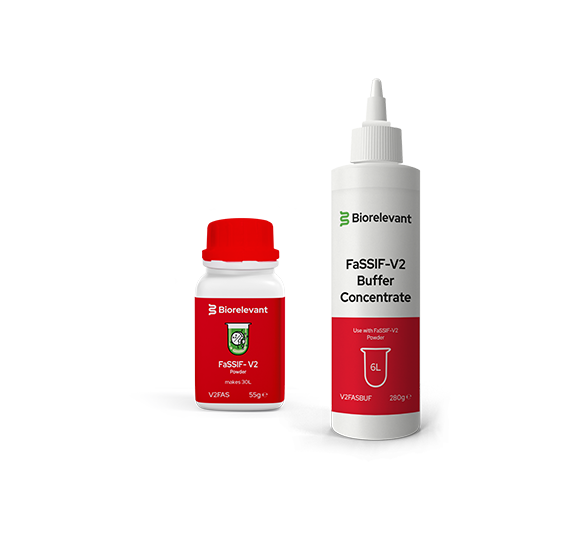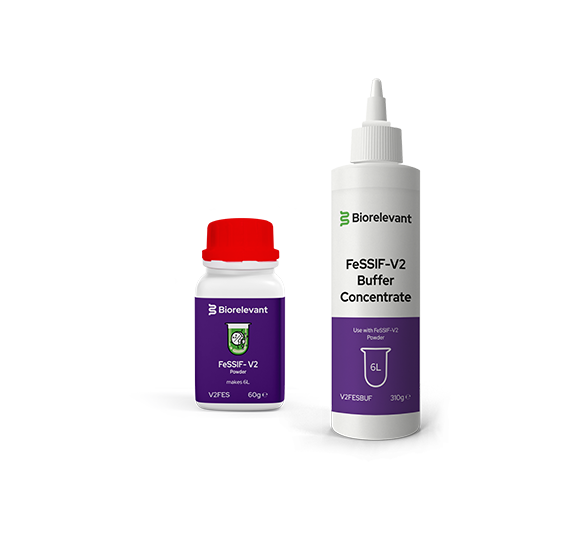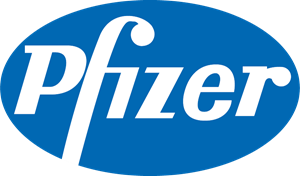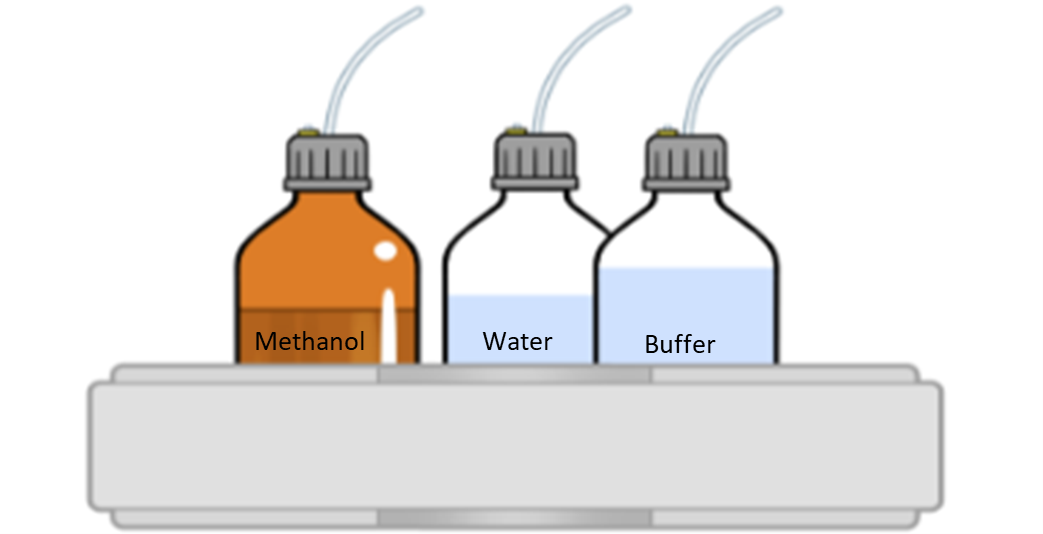
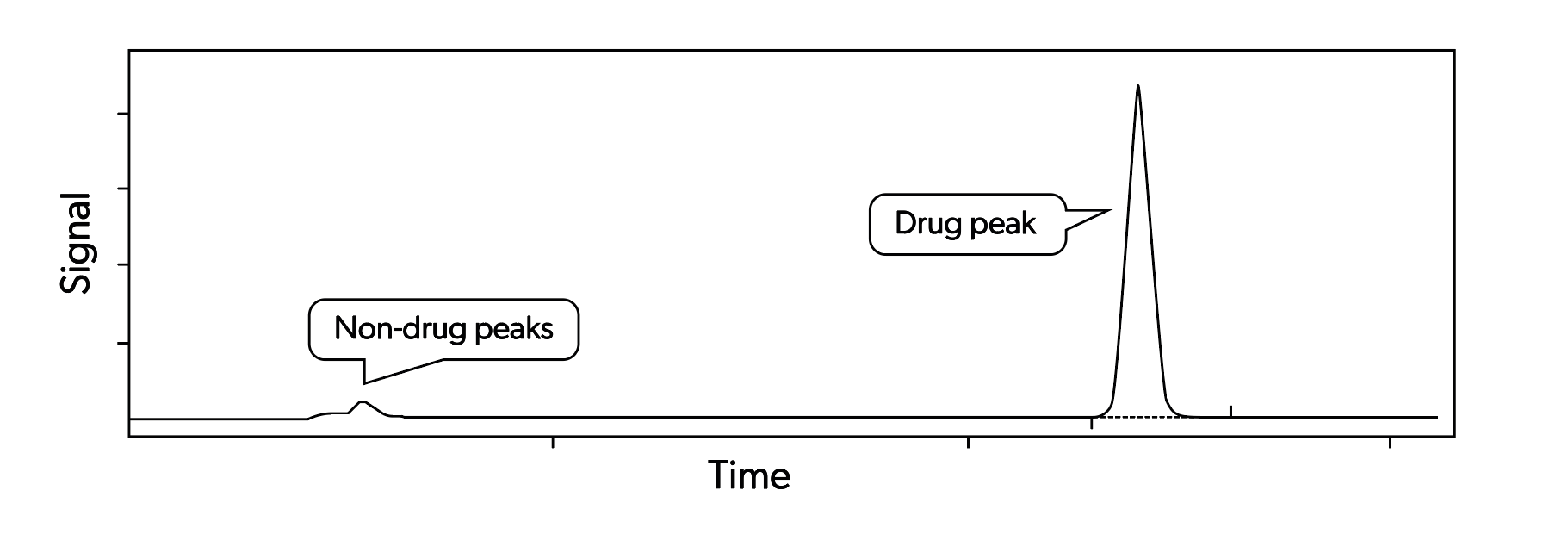
Determine the required amount of methanol and/or tetrahydrofuran if acetonitrile (ACN) is being used in mobile phase and/or diluent in combination of aqueous or non-aqueous phase.
Avoid using acetonitile with biorelevant medium as it can lead to clogging of the HPLC column or detector cell capillaries.
Acetonitrile to Methanol

For pH sensitive drugs, an appropriate buffer (aqueous phase) can be used with organic phase in mobile phase and diluent
Prepare mobile phase and diluent buffer
Calculate the maximum drug concentration if the drug completely dissolves in the dissolution medium (typically 900mL).
The result will be used repeatedly in many subsequent calculators for preparation of standards.
Maximum Drug Concentration
Determine the target concentration which is required to prepare the primary standard (PS).
Target Concentration for Primary Standard
The result provided will give you the target weight that you are aiming for when preparing PS.
Primary Standard (PS) Target Weight
The Primary standard is a concentrated standard/stock for subsequent preparation of secondary standard, multiple standards or dilutions of known drug concentrations.
Primary Standard (PS) Preparation

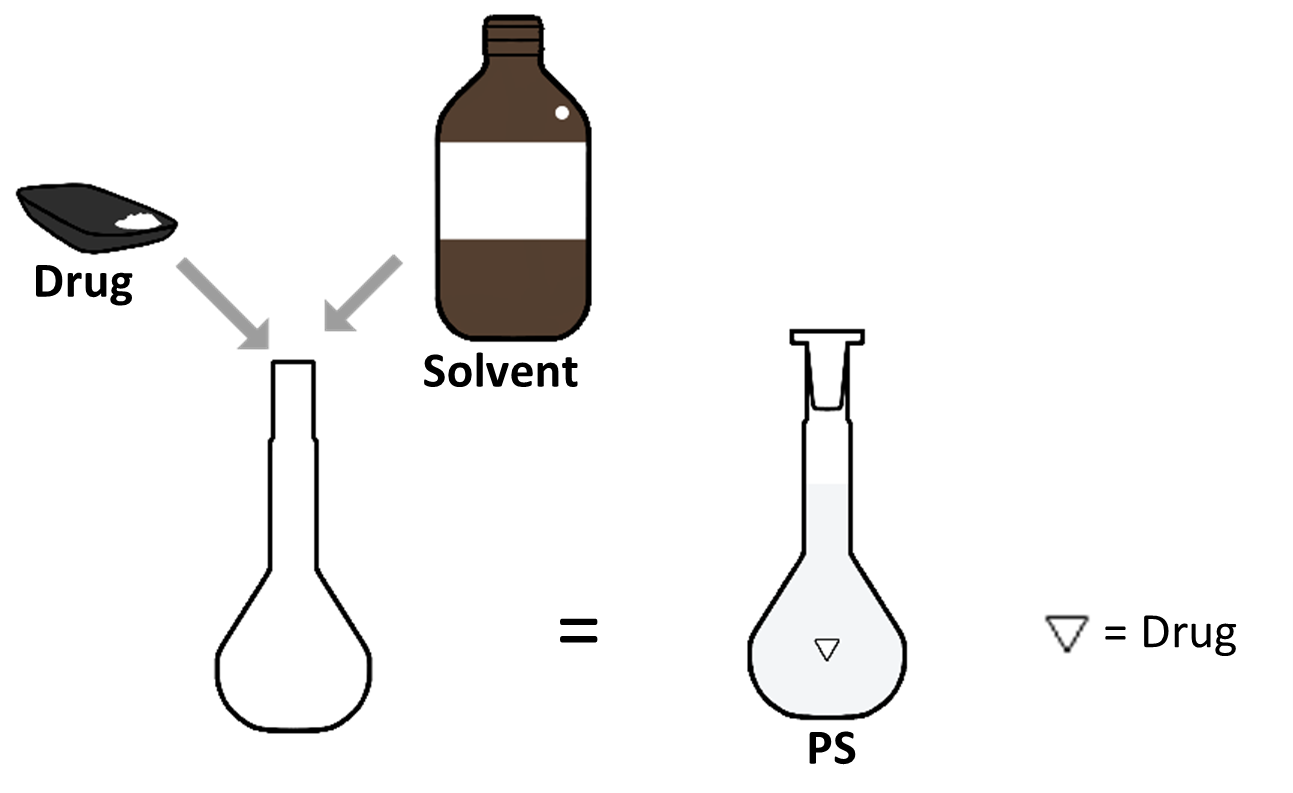
Prepare Primary Standard (PS)

Secondary standard is required to improve the accuracy of drug concentration and has an intermediate drug concentration. For the preparation of secondary standard, dilution of primary standard is carried out.
Secondary Standard (SS) Preparation

Prepare Secondary Standard (SS)

The highest (HD) and lowest (LD) drug concentration standards are used to check whether the analytical HPLC method can accurately and reliably quantify the drug at both extremes of concentration. For the preparation of HD and LD, dilution of secondary standard is carried out.
HD and LD preparation
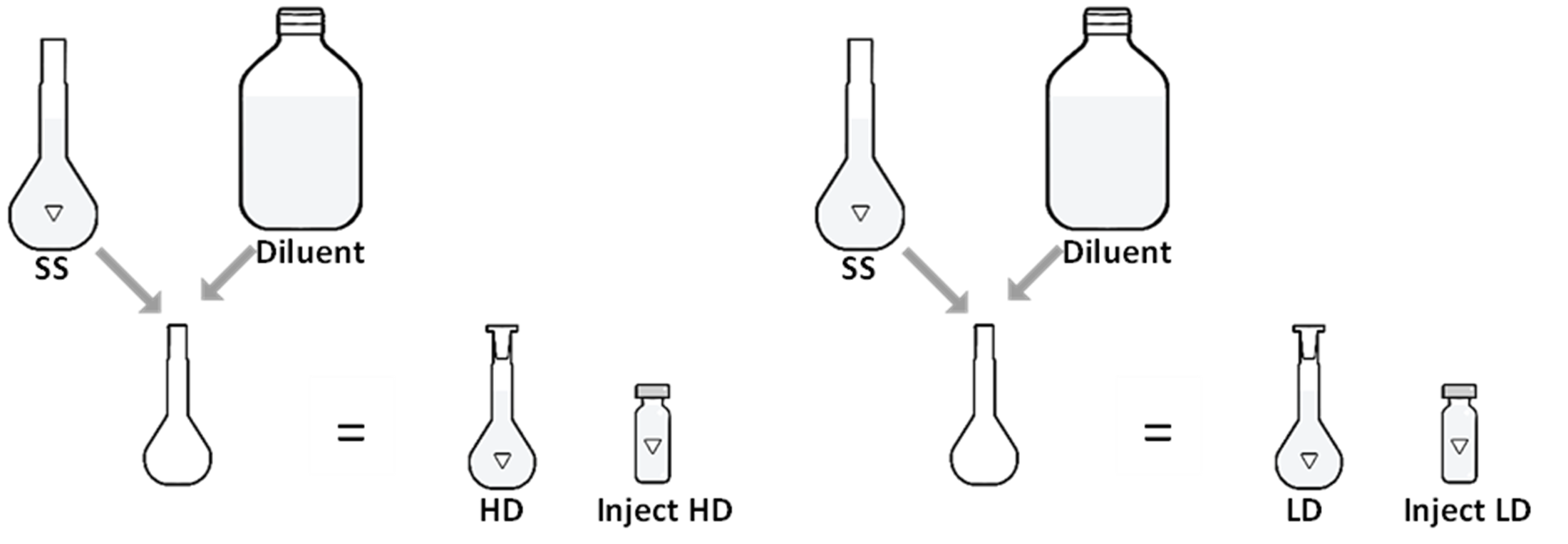
Prepare Highest and Lowest Drug Concentration Standards

Select the required dilution ratio. Calculate the required volume of biorelevant medium and dilute with diluent.
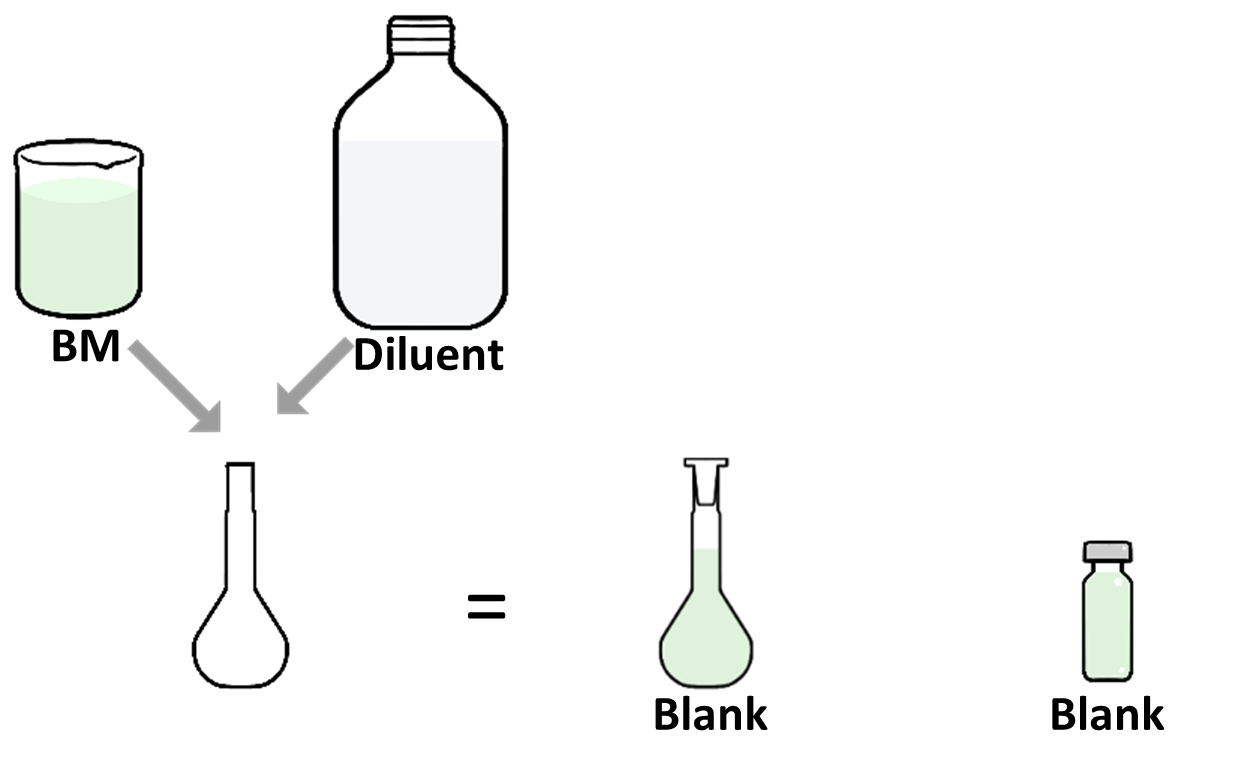
Prepare Blank Biorelevant Sample

Select the required dilution ratio and calculate the required volume of secondary standard and required volume of biorelevant medium to prepare the Working Standard.
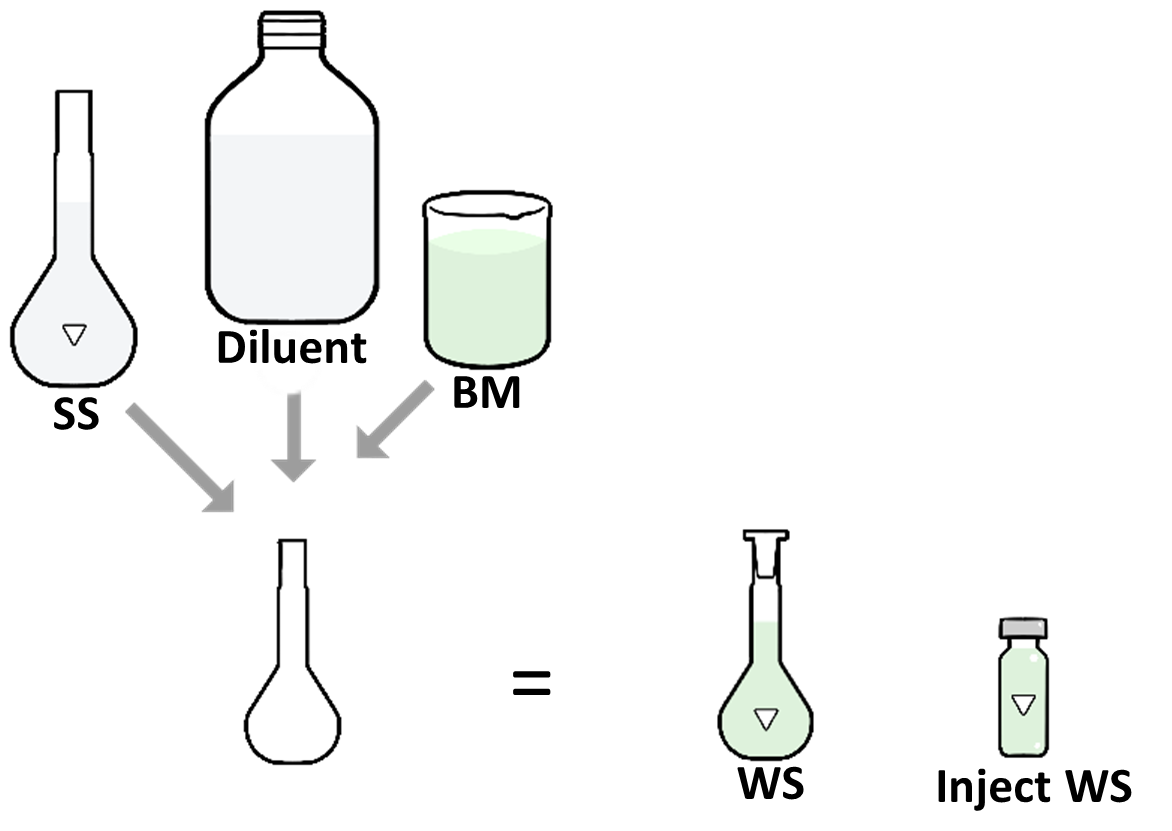
Prepare Working Standard (WS)

The linearity of an analytical method enables (over the range of dissolution concentration) generation of test results which
are directly proportional to the concentration of drug substance in the dissolution sample. Establish linearity for range of analysis 120 to 5%.
The linearity standards (LS) must contain the biorelevant medium (BM) and diluent to keep the matrix similar to dissolution samples being analysed.
Linearity Standard Preparation
